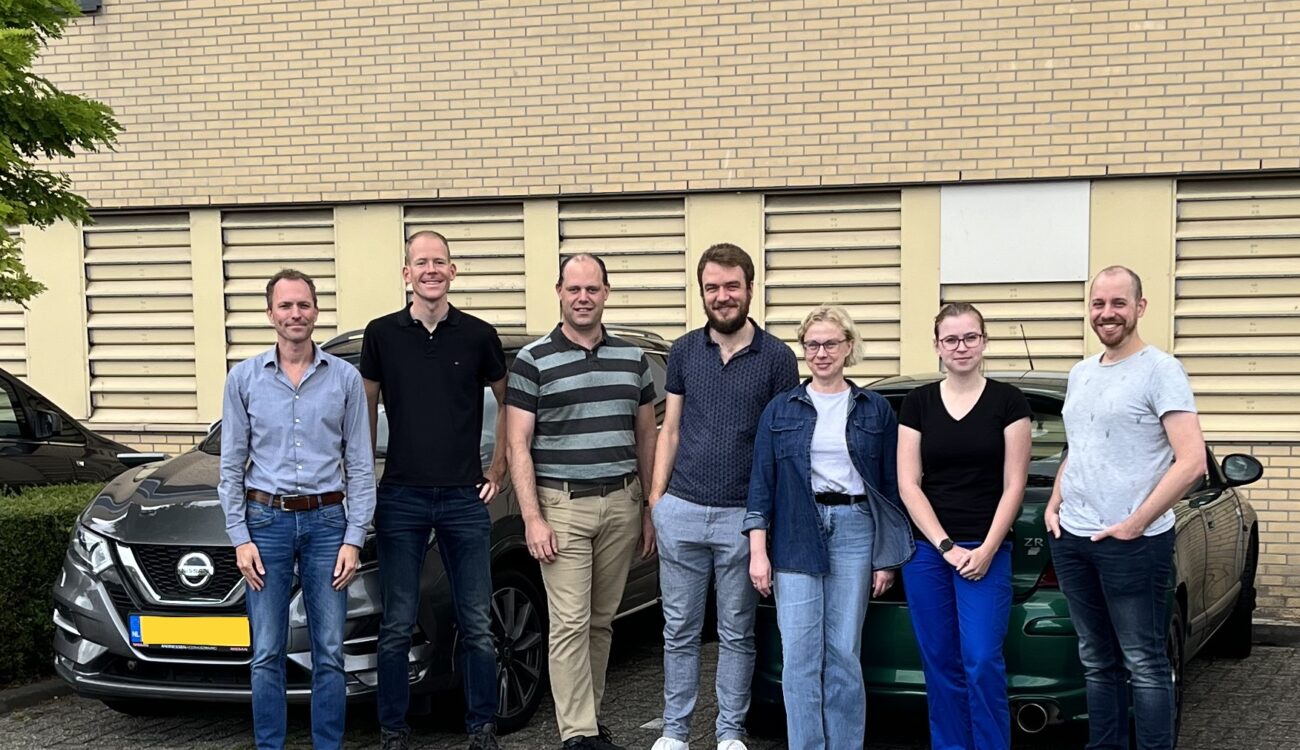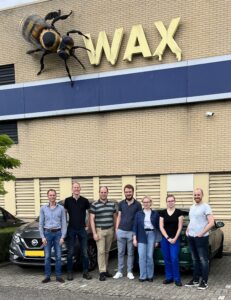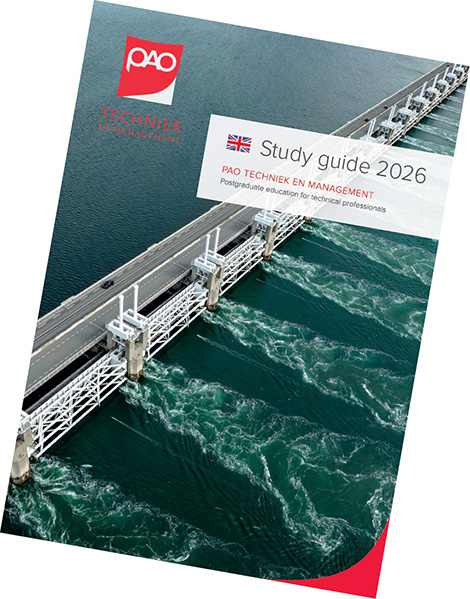Paramelt invests in personnel with in-company design and analysis of experiments

With more than 125 years of experience, Paramelt is a worldwide producer of wax and paraffin based products. In these specific applications, Paramelt is recognized as market leader. They work together in a team of 500 employees in the Netherlands, the United Kingdom, the United States and China. Paramelt buys raw materials that they mix into interesting end products. They are active in different markets; think of for instance the coating of cheese or paper to applications in cosmetics and car tires. With a recent business takeover and a growing customer base, the future looks bright for Paramelt.
Guido Batema has been at the helm of the R&D department at Paramelt for five years now. He examines the possibilities for improvements of existing or still to be developed products or processes. Guido is responsible for four departments: R&D product development, the analytical department, quality control and innovation. There are developments in the sector from the use of oil-based raw materials to using more vegetable raw materials. To anticipate this, the innovation department was started earlier this year, which is also part of Guido's responsibility.
Last May, Guido and eight colleagues started the four-day in-company Design and Analysis of Experiments course at PAOTM. The participants were all from the R&D and innovation department of from both the locations in Heerhugowaard and Veendam.
Guido is happy to tell us more about their experiences.
Why Design and Analysis of Experiments?
‘‘As a production company, we produce large quantities of end products based on all kinds of different raw materials. These are mainly mixtures of waxes, resins and polymers. During product development and production, many physical parameters are measured, including melting point, pour point, viscosity and hardness of the waxy raw materials and final products. As a result, we have a very large database with a lot of data. This course examines whether there is a statistical relationship between the number series with physical parameters and the product properties by performing statistical analyses, hence our choice.'
Which challenge lies ahead?
Guido geeft aan dat de wasachtige producten die de klant aanschaft bij Paramelt en gebruikt worden in bandenrubber, na verloop van tijd naar het oppervlak van de band kan migreren. Hierdoor ontstaat er een dun laagje was aan de buitenkant van de band dat voor het oog onzichtbaar is. Rubber is gevoelig voor UV-straling en ozon uit de lucht waardoor het rubber veroudert en het bros en hard kan worden. Dit dunne laagje was helpt de band hiertegen te beschermen en remt daarmee het verouderingsproces af. Bij het gebruik van een specifiek type was met bepaalde koolstof ketenlengtes, kan het voorkomen dat de was aan het oppervlak gaat kristalliseren waardoor er een witte waas op de band ontstaat, Dit is niet wenselijk voor de klant. ‘There is a lot of data available about this effect, we want to see if we can study it using statistical methods. We are curious whether there is a relationship between the molecules that crystallize on the surface and the composition of the wax mixture,' says Guido..
Content of the course
Prior to the course, Guido had contact with teacher Koo Rijpkema about the content and fulfillment. Guido was guided by Koo's proposal. Most participants had not yet been trained in this area, for us it was really a start-up in statistics and experimental design,' says Guido.
During the four days there was a lot of the focus on theory with many examples, which the participants experienced as instructive and intensive. At Paramelt there is a desire to put the theory in practice with the support of statistical software. In this way the theory sticks even better and the new skills are applied in practice by the students.
The team is currently working on an example case about an ammonia plant, using special statistical programs in which you can run a design, Minitab.
"You can do a lot with the knowledge, now we still have to apply it in our development and products," says Guido. In the near future they want to apply the theory of the course to the phenomenon of the ‘white haze’ on the rubber tire.
In-company course
Partly due to a large group of participants and the available training budget, the choice was made for an in-company. There were many interfaces between departments and various projects running within Paramelt, which strengthened this choice.
When asked how Guido experienced the in-company course, he replies:'Well organized, well followed up and a clear programme. Koo Rijpkema as a teacher is very flexible and knowledgeable, it's nice to see that he has an answer to every question.'
Why PAOTM?
Guido was looking for Multi-component analysis and Design of Experiments for his team. The customization of PAOTM and the input of Koo Rijpkema have led to a program that made Guido very enthusiastic.
Interested?
Ben jij werkzaam in het werkveld van data science en loop je tegen iets aan? Of wil je graag op een interactieve manier op de hoogte blijven van de laatste ontwikkelingen, individueel of met je team? Meld je dan aan voor de datacursussen van Koo Rijpkema op het gebied van data science en applied statistics of informeer naar de in-company possibilities.



Course leader

dr. Koo Rijpkema
“For me, teaching means sharing knowledge and passion, inspiring and fascinating people through the application of statistics.”
Download the Study Guide
Would you like a complete overview of all our courses and trainings? Download the digital study guide!







